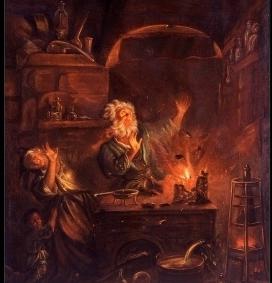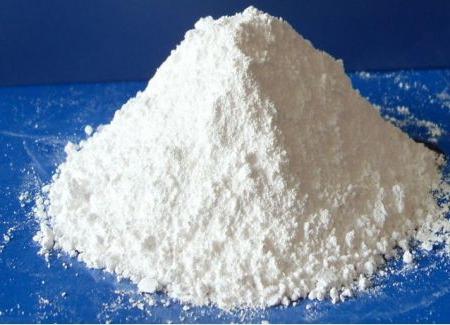In the process of a chemical reaction , what is theoretically planned, at least quantitatively, is not always obtained. Usually this is due to difficult reaction conditions - imperfect temperature, insufficient contact with the catalyst and simply chemical impurity of the reagents. In this case, chemists use the phrase "mass fraction of output."

This concept includes a specific value - the percentage of practically obtained in relation to what should have been chemically obtained. It is designated by the letter "omega". This value must be taken into account, often students forget to count a small percentage. It is especially annoying for various kinds of testing - the train of thought is correct, and a standard exam would allow most of the score to be counted for the task - and in testing it is precisely on such trifles that they “catch” it. They even give answer options given such an error. Easy to get caught. So before solving the problem, check if there is a parameter “mass fraction of output”.
There are other seemingly sounding concepts. The term "mass fraction" itself can be combined with other terms. And then it turns out, for example, the proportion of matter in the ore. That is, you have a piece of material in which only a certain part can react. And this must be taken into account in the calculations, otherwise you risk falling into a trap, as with the concept of "mass fraction of output." They also catch many successfully. Caution!

Is there a mass fraction of the element in the condition? This means that its atoms make up a certain fraction by mass in the substance. In principle, for chemists and lovers of complex solutions, the mass fraction can be useful for calculations using reaction equations. This information may also have practical value if it is necessary to establish the formula of a substance. Just be careful - there are isomer substances and substances with a similar proportional formula. You will need chemical reactions to establish the exact formula. But this is not a school level, but chemistry competitions.
In fact, usually all tasks are much simpler, students are tested for knowledge of the elementary formula and for the ability to perform simple mathematical operations, not forgetting about the number of atoms per molecule. How is the mass fraction of an element calculated? From the table, find the atomic weight of the desired element, multiply by the exact number of atoms in the molecule. This is the numerator. And the denominator should be the molecular mass of a unit of substance of the whole formula, that is, your element with the necessary factors and all other masses of elements multiplied by their number in the molecule. For example, the molecular weight of the water molecule is 16 (oxygen), add two hydrogen atoms (1 + 1). Total 18. The mass fraction of the hydrogen element is simple: divide by 2 by 18. If necessary, multiply by one hundred percent, but in fractions of one you can also. By analogy, do it in more complex formulas when there are three or more elements.

Mass fraction as a concept applies to solutions. The numerator is the mass of the dissolved, the denominator is the mass of the solvent plus the mass of the dissolved.
If you are careful and understand each of the possible cases, you will not be caught in the elementary. And it will not be offensive because of the low score, when everything seems to be decided, but the result is not happy. Just watch out for these terms. Learn and practice specific tasks. When you fill your hand, all difficulties will be in the past.